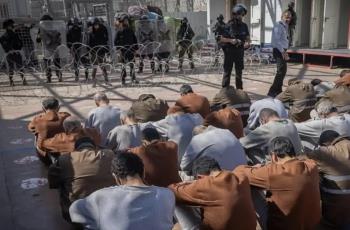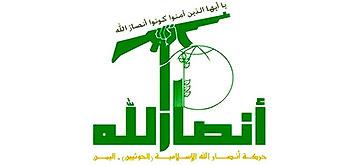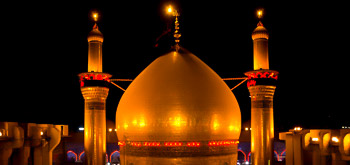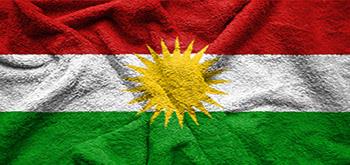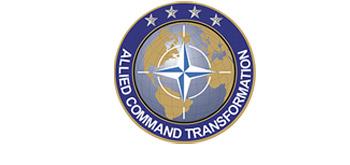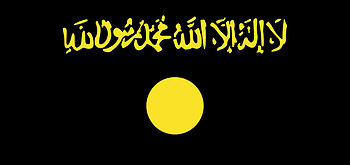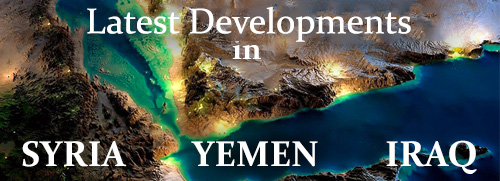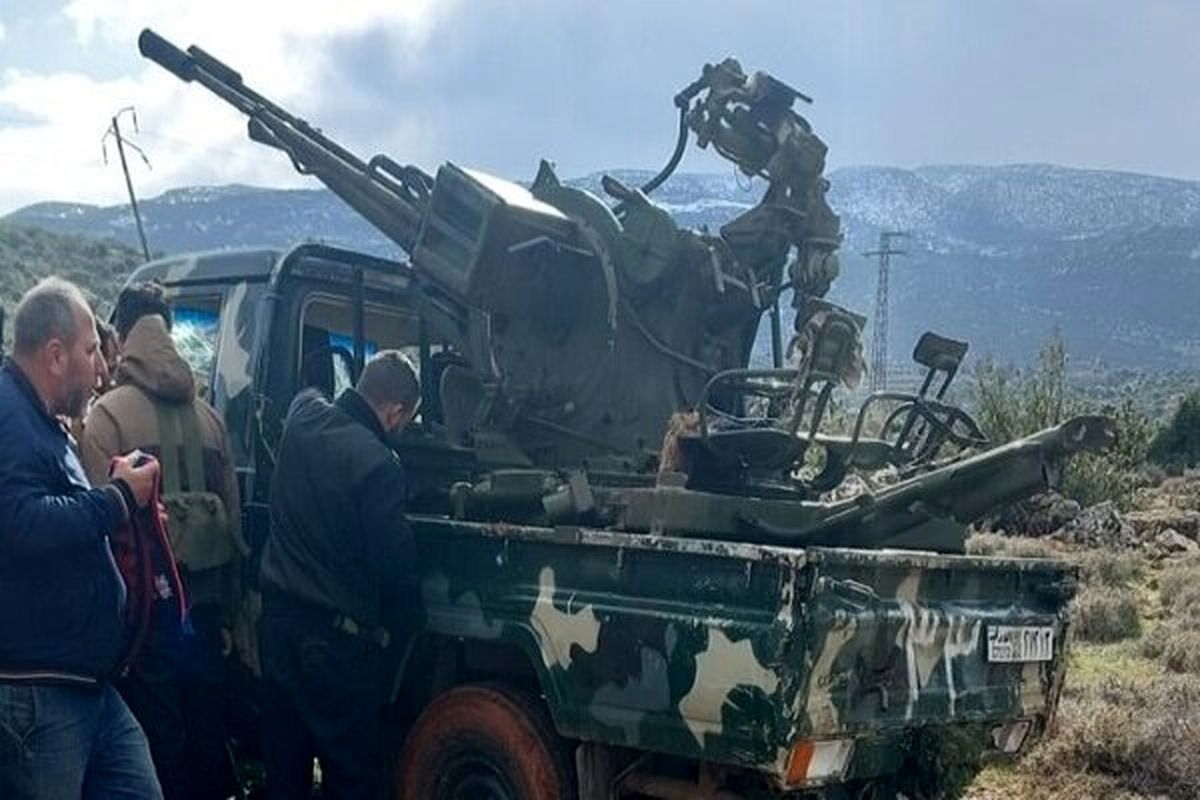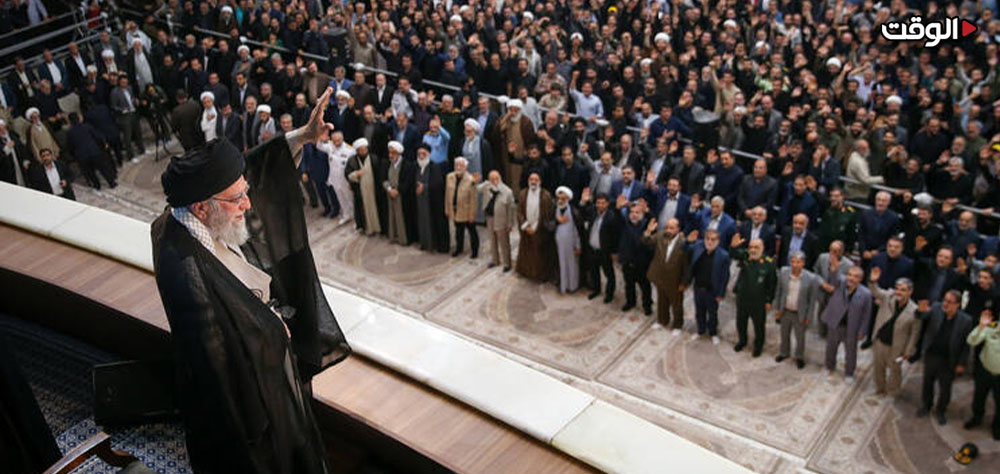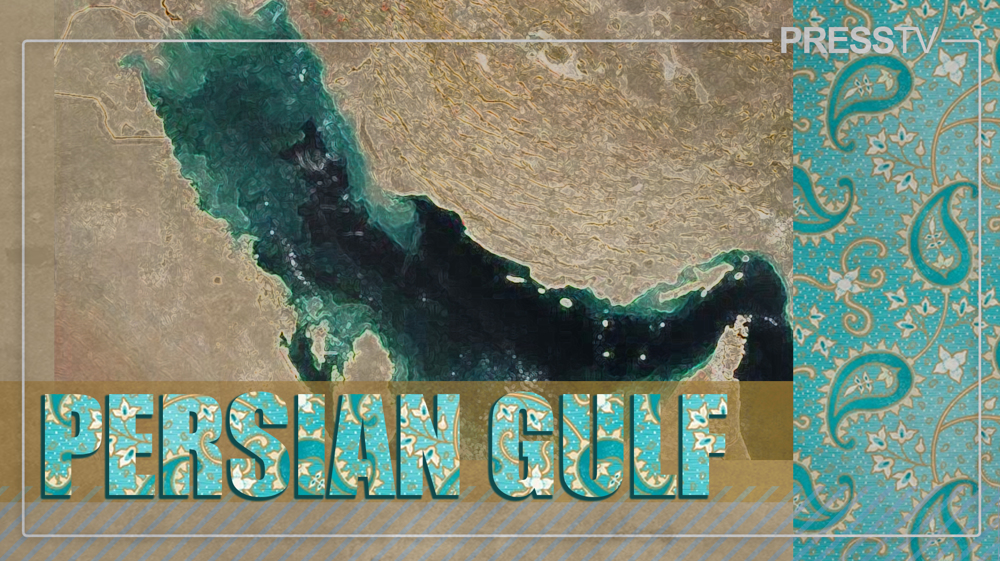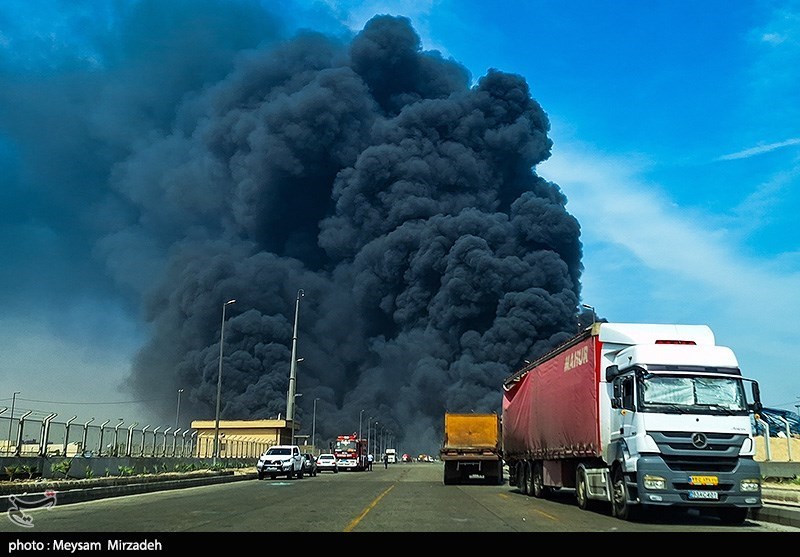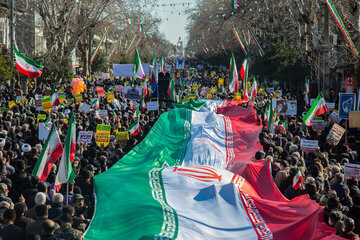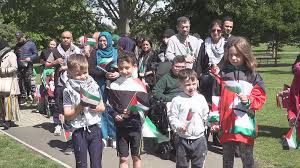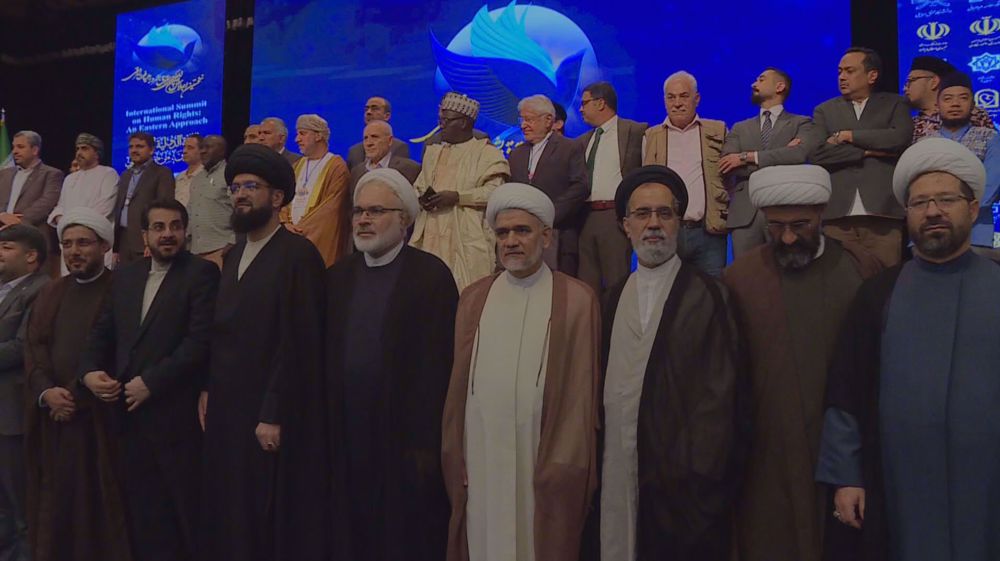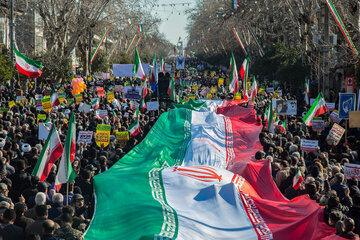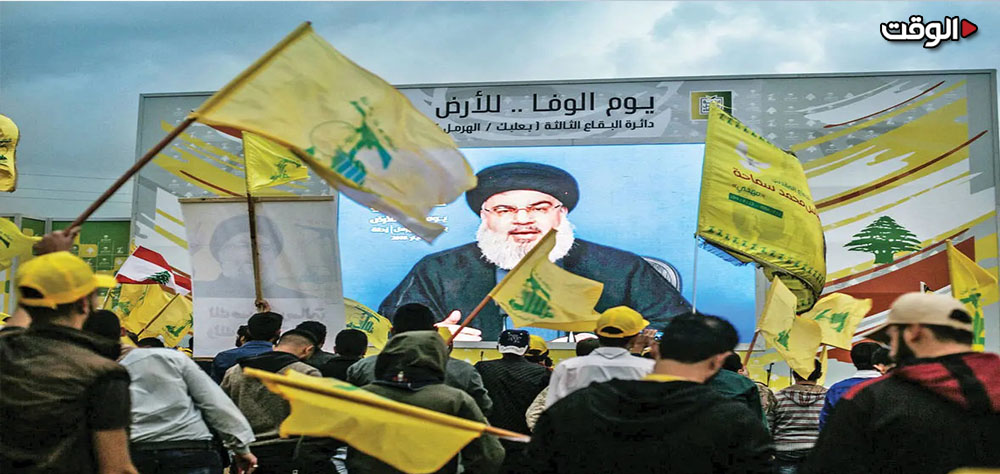Alwaght- While the Lebanese people after a year of conflict with the Israeli regime were optimistic that they will re-embrace calm with the ceasefire deal, another front was opened recently against them before Israeli occupation is over.
In this connection, local sources reported on Friday an artillery attack on Ghanafad border village by Hayat Tahrir Al-Sham (HTS) fighters in neighboring Syria. In the clashes between the tribal Lebanese and the HTS forces, 4 were killed and 10 were injured from the Lebanese side. The tribes responded to the attacks and, according to reports, managed to capture two HTS militants. A number of aggressors were killed, reports added. The tribes also shot down a drone operated by the HTS.
The Lebanese army deployed soldiers and equipment to Ghald Al-Sabee in Hermel heights to check HTS incursions.
Brigadier General Hussein Qadr, a senior commander of the Lebanese army, announced in a statement that the conflict did not take place inside Lebanon, but rather in villages where Lebanese people live inside Syria. The Lebanese official added: “The Lebanese army is stationed in Lebanon and has strengthened its presence and deployment on the border in light of the conflicts on the Syrian side.”
Although the HTS leaders have stated that the purpose of this operation is to combat drug trafficking from the Lebanese side, there are other goals behind this escalation.
Israeli-American project
Since all moves of the armed groups in Syria are dictated by the regional and transregional actors, some observers suggest that the adventures on the Lebanese border are part of this puzzle.
Hassan Hanizadeh, a West Asia affairs expert, in an interview with Alwaght commented on the aims and motivations of HTS aggression on the Lebanese border, saying: "The aggressions of Hayat Tahrir al-Sham elements on the Lebanese borders are within the framework of the American-Zionist plan to expand the sphere of influence of these terrorist groups and cut off the Damascus-Beirut connection. On the one hand, the Zionist regime has occupied a significant part of the occupied Golan and Quneitra regions in Syria in recent weeks and it is now only 15 kilometers from the capital Damascus and has created a security belt from Golan to Daraa. Now, a proxy mission has been given to Tahrir al-Sham by this regime and the United States to occupy parts of the areas around the common borders of Syria and Lebanon.
The warmongering of the Syrian armed groups to destabilize the Lebanese borders comes while over the past two months they have not reacted to Israeli forces running rampant in southern Syria.
These clashes on the Lebanese border come as according to the ceasefire agreement between Hezbollah and Tel Aviv, Israeli forces should leave southern Lebanon until February 18, but Israeli leaders are not willing to withdraw from these regions. Under the pretext that Hezbollah has not acted on its commitments under the agreement, Netanyahu and his cabal are trying to violate the deadline and continue occupation of Lebanese lands. So, it is likely that the HTS aggression is part of an Israeli scenario to divert home and international attention from the issue of need for Israel to fully withdraw from Lebanon.
There are reports in this regard suggesting direct contacts between Tel Aviv and the HTS. Israeli Walla news site recently reported direct contacts between Israeli officials and several groups in Syria, including the ruling HTS. Also, Mordechai Kedar, a retired Mossad officer, said that he is in contact with prominent figures in the HTS and finds them good friends to Israel. Despite these interactions, the Netanyahu government may continue to anchor in southern Lebanon under the pretext that it is not concerned about clashes on Syrian-Lebanese borders.
Hanizadeh described the HTS taking advantage of the instability in Lebanon as an occupational aim, adding: "In recent days, they have occupied several Shiite areas on the shared borders and displaced the residents of these villages from their areas. Since the Lebanese government has not yet been formed and the political situation in the country is unstable, Tahrir al-Sham elements are planning to stir insecurity on the border and spread it into Lebanon, which could lead to conflict between the two countries."
Attempts to drag Hezbollah into clashes
Given the record of Hezbollah supporting the government of Bashar al-Assad in the war against terrorist groups, the HTS, which still finds its position shaky in Syria, has every political and historical and military reasons to undermine Hezbollah and cut its regional influence.
"In fact, since the Lebanese army is based in the south and is trying to implement the ceasefire agreement with Israel, there are almost no military forces on the common borders with Syria and only Hezbollah is defending the Shiites in this region. It is likely that the Syrian rebel groups are trying to embroil Hezbollah into these conflicts, and the recent aggressions by the HTS are also aimed at this. The Syrian groups suffered heavy blows from Hezbollah forces in the Syrian civil war, and now that they have come to power, they are trying to drag Hezbollah into a new conflict, perhaps to avenge some of their deaths," said Hanizadeh.
Furthermore, the armed groups in Syria may seek to expand their influence in the Lebanese border regions to secure logistical routes and safe havens. Having in mind that Lebanese tribes own so d farming lands inside Syria, the HTS may push to seize them from their Lebanese owners.
Rebel groups claim that Hezbollah took control of these areas on both sides of the Lebanese-Syrian border after the Battle of Al-Qusayr in 2013 and uses them as logistical routes for the transfer of weapons through some local tribes. Increased tension in the border areas could put more pressure on Hezbollah and involve the resistance movement in northern and eastern fronts in addition to the southern front.
The rebel groups' excuse-seeking on the Lebanese borders comes at a time when the interim Syrian President Abu Mohammad al-Jolani has repeatedly claimed that the armed groups under his command do not pose threat to neighboring countries. However, the experience of the past two months has shown that these groups not only are not seeking to establish order and security in Syria and provide security on the common borders with Iraq and Lebanon, but also are seeking to destabilize neighbors.
Although some experts believe that the rebel groups do not listen much to the HTS and carry out some actions on their own, it seems that the leaders of the HTS themselves are showing green light to these crimes.
Since taking control of Damascus, al-Jolani and other leaders of the HTS have tried to change their appearance and claim democracy and support for human rights to ease regional and international concerns about the group's Al-Qaeda past and the record of its leaders' takfiri views. The credibility of this issue was severely questioned from the very first days, with the start of blind assassinations and revenge by armed elements against minorities and former Syrian soldiers, and now the attack on Lebanese soil will further increase doubts about the change in approach of armed groups and the new regime's commitment to stability and security in neighboring countries.
Regional consequences
The recent clashes on the Lebanese-Syrian borders bring about several security and political consequences.
From a security viewpoint, these tensions can lead to instability in border regions and increase risk of penetration of terrorist groups into Lebanon. They can also cut off communication and transportation routes between the two countries and thus negatively impact security and business cooperation between the neighbors. Lebanon recently chose a president after a 28-month political stalemate and seems to be moving to stability. This is something Tel Aviv and armed groups in Syria do not like.
On the other hand, the Lebanese army may launch a larger military operation in the border areas to counter the threats of the HTS, which could lead to escalation of conflict and even the intervention of foreign forces.
In general, the HTS conflict with the Lebanese tribes not only threatens the internal Lebanese security, but also can bring about tremendous consequencesto the whole region and make a ground for further armed conflicts and instability in West Asia.


